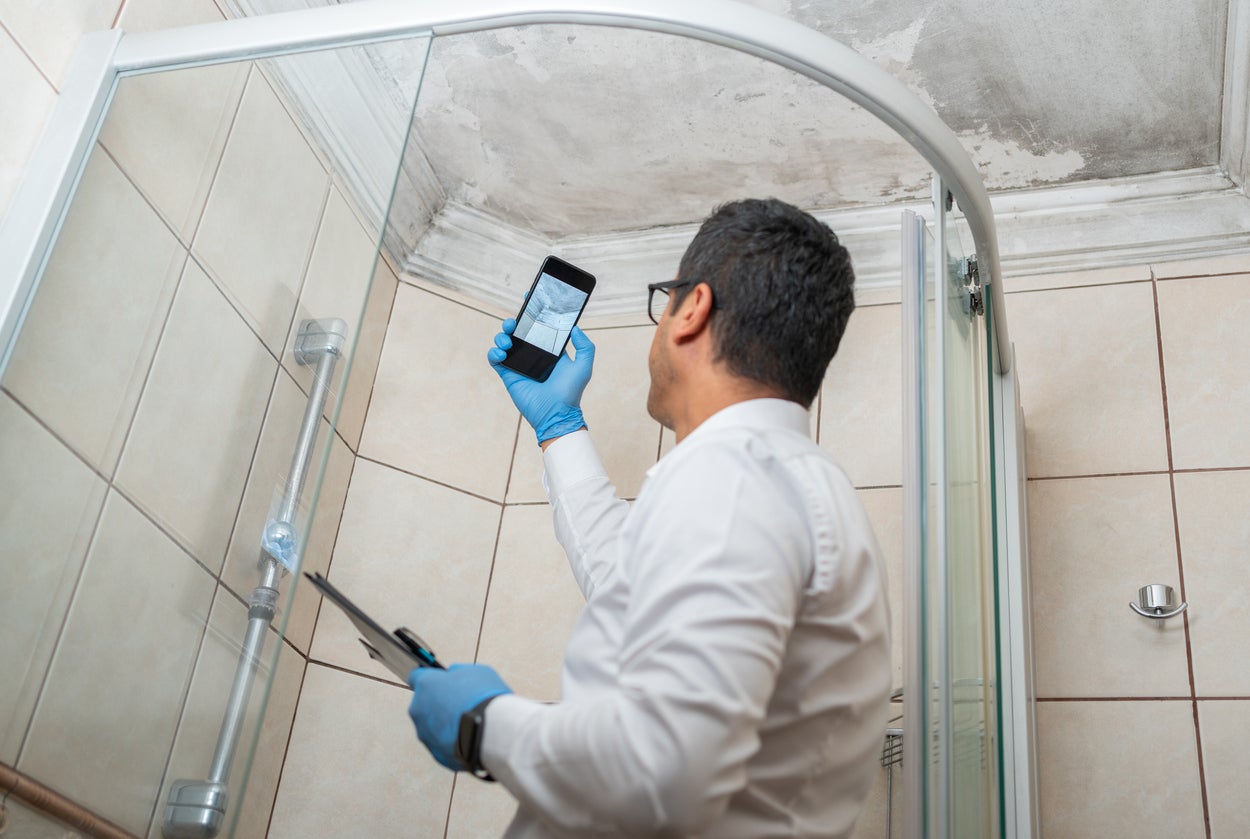Assistance on What to Do After Mold Remediation
Assistance on What to Do After Mold Remediation
Blog Article
Effective Message Mold And Mildew Removal Solutions for Your Home
Mold and mildew growth in homes can be a persistent concern, frequently calling for a methodical technique for reliable post-remediation services. From comprehending the elements that add to mold and mildew development to implementing appropriate cleaning methods and wetness control measures, the process can be elaborate yet critical for preserving a healthy and balanced living atmosphere. Post Mold remediation cleaning.
Recognizing Mold Growth Variables
The main aspect adding to mold development is dampness. Mold and mildew spores call for dampness to germinate and grow, making moist or damp atmospheres very at risk to mold infestations.

Additionally, air flow and light exposure can impact mold growth. Areas that lack correct air flow and all-natural light are more prone to mold growth. By attending to these elements adequately, individuals can successfully minimize mold and mildew development and guard their living atmospheres.
Appropriate Mold Cleaning Strategies
Utilizing reliable cleansing methods is important in preventing the recurrence and addressing of mold contamination in interior environments. When managing mold, it is crucial to prioritize safety by using protective gear such as gloves, safety glasses, and masks. The primary step in correct mold and mildew cleaning is to include the afflicted location to avoid the spread of spores to unpolluted locations. This can be achieved by sealing the area and utilizing air scrubbers or negative air devices to preserve air high quality.

Executing Wetness Control Measures
To properly avoid mold and mildew development and contamination in interior atmospheres, implementing moisture control actions is vital. Additionally, making sure correct ventilation in areas prone to moisture buildup, such as cooking areas and washrooms, can aid lower the danger of mold growth. By diligently applying these dampness control actions, home owners can properly minimize the possibility of mold recontamination and preserve a healthy interior setting.
Utilizing All-natural Removal Solutions
After successfully applying moisture control steps to prevent mold and mildew growth in interior settings, homeowners can currently explore the performance of this article natural removal solutions in maintaining a healthy living area. All-natural remediation options utilize ecologically pleasant approaches to combat mold and mold, making them a popular choice for those seeking non-toxic alternatives. By integrating these natural removal options into their cleansing regimens, house owners can effectively fight mold and mildew development while advertising a healthier interior atmosphere for themselves and their households.

Maintaining a Mold-Free Atmosphere
In order to protect against mold reoccurrence and make certain a constantly mold-free environment, it is important for house owners to execute positive upkeep techniques. Frequently checking locations susceptible to mold and mildew development, such as bathrooms, kitchens, basements, and attics, is crucial. Dealing with any leakages, water damage, or excess dampness immediately can dramatically minimize the risk of mold and mildew growth. After mold remediation. Correct ventilation in areas with high moisture This Site degrees is also key to avoid mold development. Making use of dehumidifiers or exhaust fans can aid maintain optimal wetness levels and prevent mold and mildew spores from prospering.
Additionally, preserving tidiness in the home is crucial for mold and mildew prevention. On a regular basis cleansing and dusting surfaces, carpets, remove mold on roof and upholstery can help eliminate mold and mildew spores prior to they have an opportunity to increase and clear up. Using mold-resistant products for construction materials and furnishings can further help in producing a mold-free atmosphere. Keeping indoor plants in check and ensuring appropriate water drainage in outdoor landscape design can reduce dampness accumulation, reducing the probability of mold invasions. By adhering to these proactive maintenance techniques, house owners can effectively maintain a mold-free home.
Conclusion
To conclude, it is vital to attend to mold and mildew growth variables, utilize proper cleansing strategies, carry out moisture control actions, utilize all-natural removal options, and maintain a mold-free setting in order to effectively take care of post mold removal in your house - Post Mold remediation cleaning. By complying with these approaches, you can protect against mold from persisting and guarantee a healthy and balanced living environment for you and your family
The main variable adding to mold growth is wetness. Mold spores call for dampness to flourish and germinate, making damp or humid atmospheres extremely at risk to mold and mildew infestations.To efficiently avoid mold growth and contamination in indoor settings, applying dampness control actions is extremely important. In addition, guaranteeing appropriate ventilation in areas prone to moisture build-up, such as cooking areas and bathrooms, can aid decrease the threat of mold and mildew growth.After efficiently carrying out wetness control measures to protect against mold development in indoor environments, home owners can now explore the efficiency of natural removal solutions in keeping a healthy living area.
Report this page